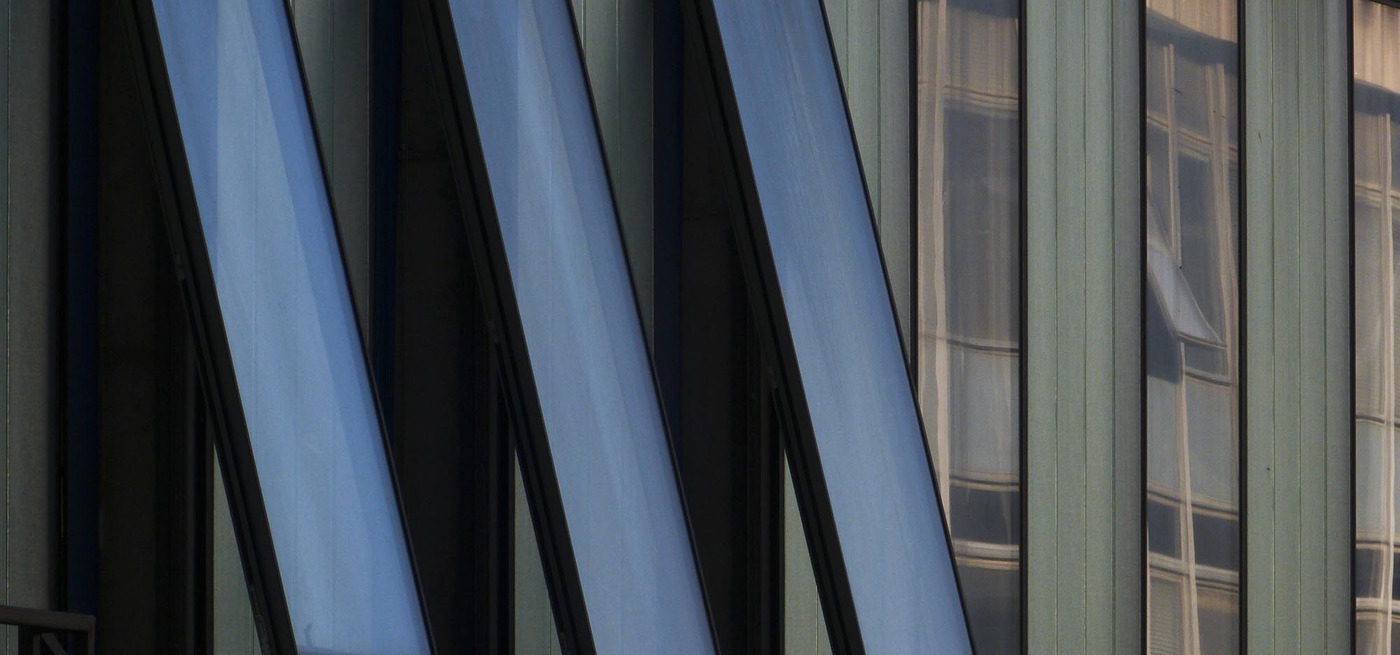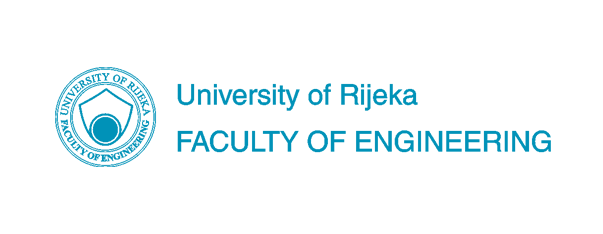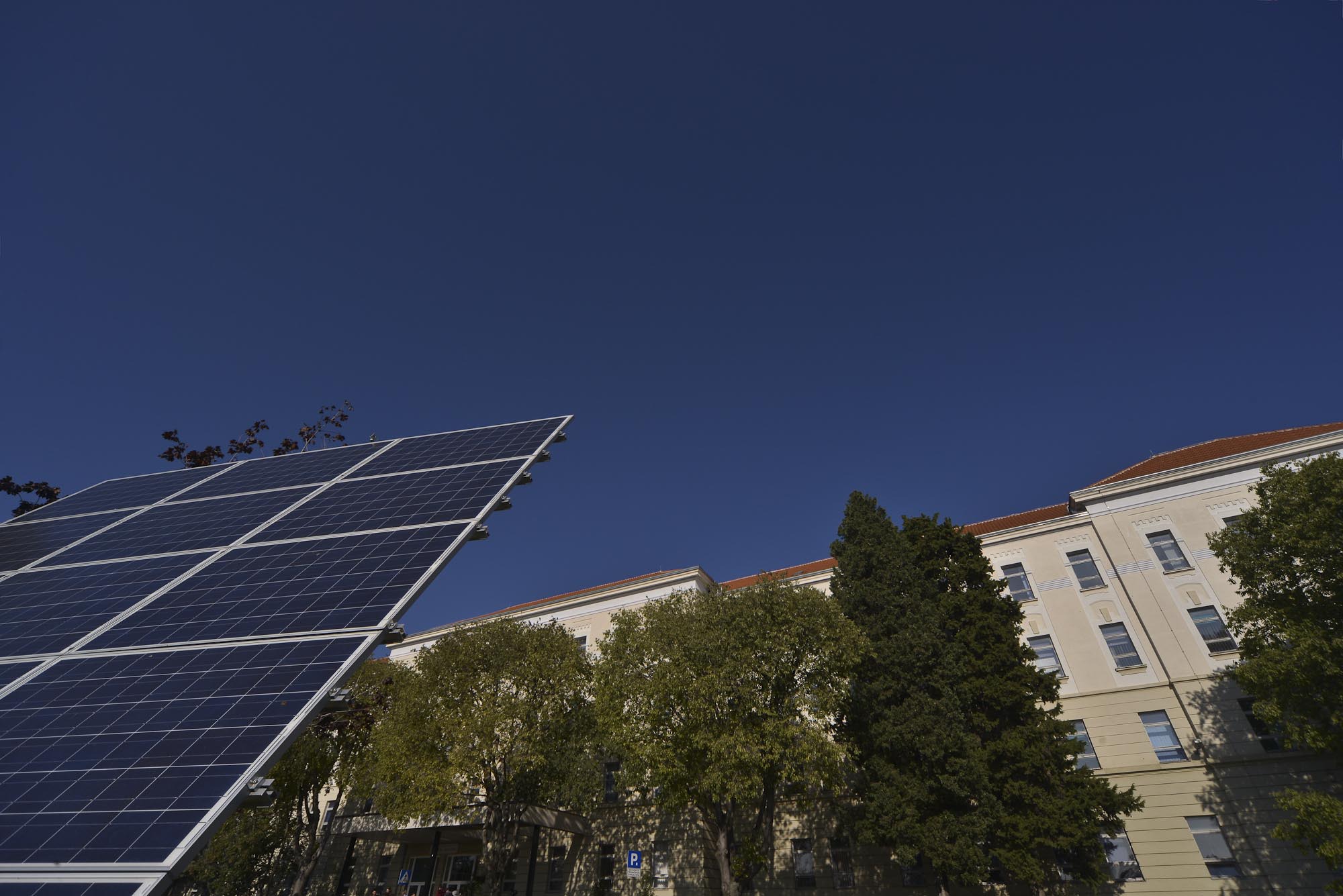
University of Rijeka
FACULTY OF ENGINEERING
Vukovarska 58
51000 Rijeka
Phone: 051 651 444
Fax: 051 651 416
E-mail: dekanat@riteh.hr
OIB: 46319717480
VAT Number: HR46319717480
IBAN: HR6024020061100110092
Bank: Erste & Steiermärkische Bank d.d.
History
The tradition of Higher Education in Rijeka dates back as far as 1627, whereas the first milestone of the systematic education of engineering personnel in this area is laid by the displacement of the Navy Academy from Trieste to Rijeka in 1854. In this way, a full-time four-year study with educational courses from the fields of iron ship and steam engine construction was commenced for the needs of the Austrian Navy of that period, and it continued until after World War I. Additionally, initial foundations of the Faculty of Engineering were laid on engineering achievements like torpedo manufacturing in 1866, the first world photography of rifle bullets at supersonic speed in 1886, the birth and the first scientific achievements of the worldly renowned seismologist and meteorologist Andrija Mohorovičić, as well as the development of some of the crucial elements in naval architecture, mechanical industry and power industry both in the city of Rijeka and broader region.
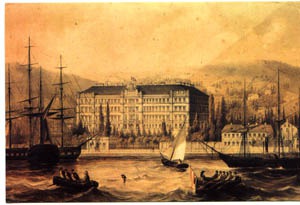
The Graphic from inauguration of the Naval Academy, 1866
The Faculty was established in the year of 1960, previously named Strojarski fakultet (Faculty of Mechanical Engineering). At the very early stages, only graduate engineers of Mechanical Engineering were educated, and since the Faculty started recruiting graduate engineers of Naval Architecture in 1969/70, it was then renamed into the Faculty of Mechanical-Naval Architecture. Under this name it pursued its activities until 1973, when it was renamed into the Technical Faculty. The initiation of the study for graduate Civil Engineering in 1971/72 resulted in the foundation of the independent Faculty of Civil Engineering in 1976.
The Faculty encompasses 11 departments.The departments include 38 sections and 50 laboratories, and the Faculty also has a Computing Centre, a Library as well as an Accounting Division, Procurement Office, the General and Personnel Office, the Student Affairs Office and the Technical Service. Of the total number of 171 employees, 69 are in teaching-research, 9 in teaching and 25 in associate positions, 18 junior researchers, 3 members of staff work on projects funded by the Croatian Science Foundation, and 38 work in the administrative and professional services. 7 employees are outside of the system of the Ministry of Science, Education and Sports, and 2 on professional training, but the Faculty engages a large number of external associates.
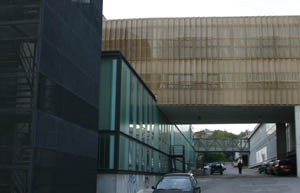
The Faculty offers undergraduate and graduate university study programmes in mechanical engineering, naval architecture, electrical engineering and computer engineering as well as undergraduate vocational study programmes in mechanical engineering, naval architecture and electrical engineering. It also offers a three-year doctoral study in the area Engineering Sciences, in the fields of Mechanical Engineering, Naval Architecture, Electrical Engineering, Computer Science, Fundamental Engineering Sciences and Interdisciplinary Engineering Sciences.
So far, the Faculty of Engineering in Rijeka has delivered 128 PhD and 95 Master of Science degrees. Of the former 2899 Graduate Engineer Diplomas 2335 were in Mechanical Engineering, 311 in Naval Architecture and 253 in Electrical Engineering; and of 1536 Engineer Diplomas 717 were in Mechanical Engineering, 108 in Naval Architecture and 711 in Electrical Engineering. The Bologna programme has produced 691 Master Engineers (282 Mechanical Engineering, 75 Naval Architecture, 303 Electrical Engineering and 31 Computer Engineering), 1061 University Bachelor Engineers (480 Mechanical Engineering, 82 Naval Architecture, 360 Electrical Engineering and 139 Computer Engineering) as well as 335 Vocational Bachelor Engineers (122 Mechanical Engineering, 32 Naval Architecture and 181 Electrical Engineering). At present more than 2000 students study at the Faculty.
